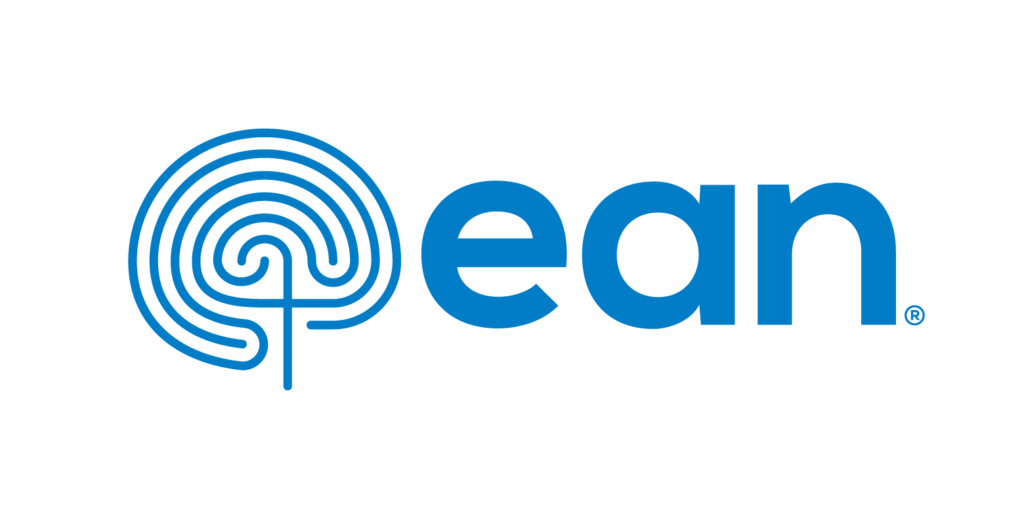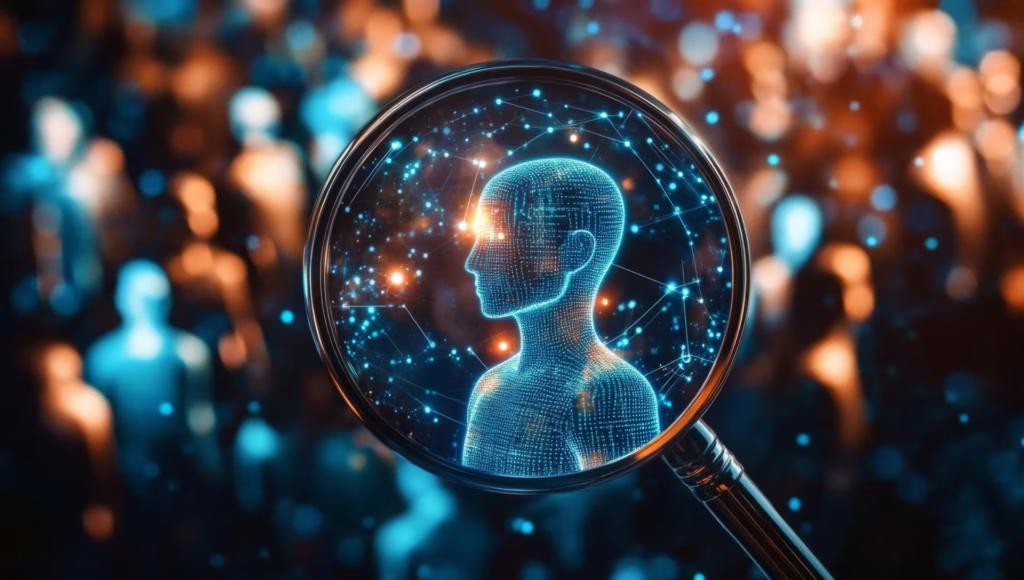Neuromuscular Diseases
An Introduction to Neuromuscular Diseases
Neuromuscular diseases, characterized by muscle weakness, encompass a broad range of conditions that impair the function of voluntary muscles e.g. amyotrophic lateral sclerosis (ALS), multiple sclerosis (MS), myasthenia gravis and spinal muscular atrophy (SMA). The treatment landscape for neuromuscular diseases has seen numerous developments. Patients with SMA have had access to a range of new therapies including novel SMN-targeted treatments, antisense oligonucleotides and virus-mediated gene therapy. Likewise for patients with MS, with the introduction of new disease-modifying agents.
Browse video highlights and short articles from the conference hub, providing insights into the latest updates from major conferences and peer-reviewed articles from the journal portfolio. This is complimented by a range of educational activities from our expert faculty, with patient outcomes at the forefront.
Our supporting partners do not constitute an endorsement of the content on this page.
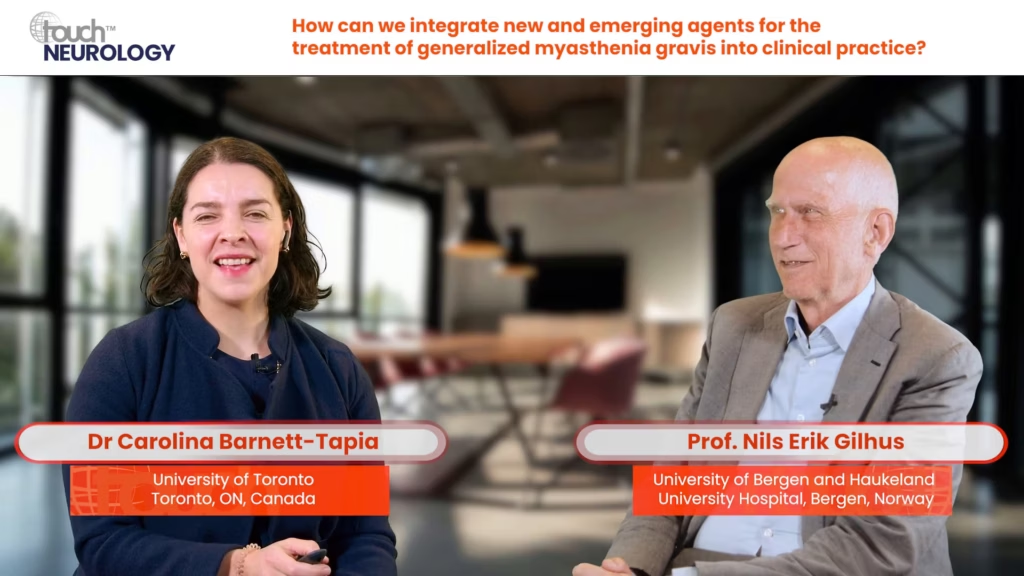
Watch experts discuss strategies to accelerate MG diagnosis and treatment, plus consider emerging therapies.





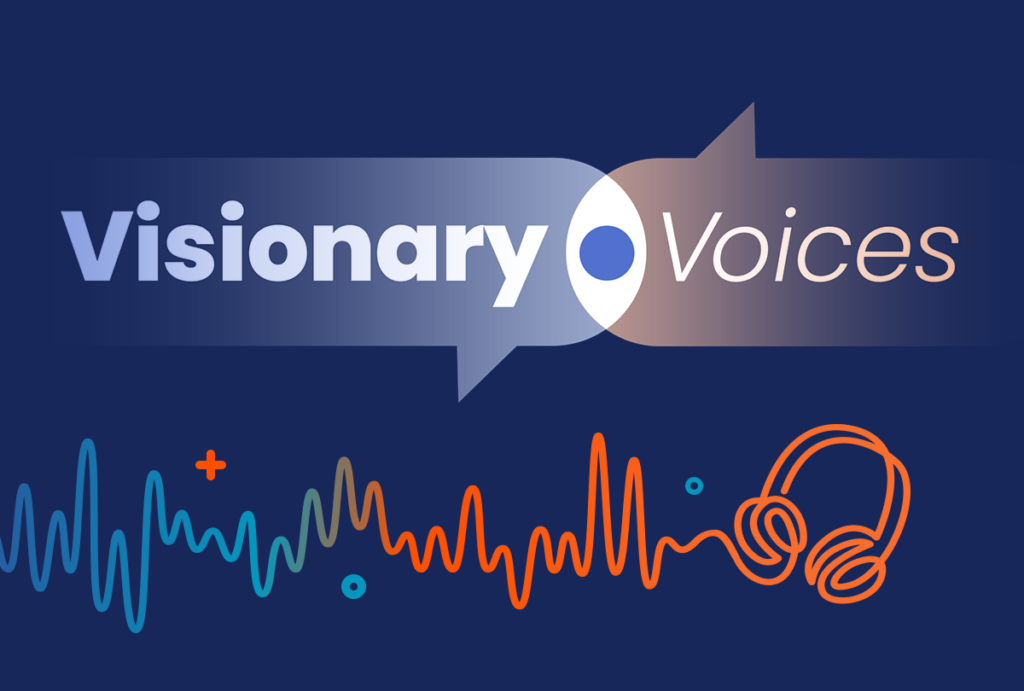
Physician burnout is at a critical point. In this episode, Nicky speaks with Dr Alfred Atanda about why so many physicians are burning out and what can be done to change the trend. From personal experience to system-wide solutions, Dr Atanda shares valuable insights on improving physician well-being and building a more effective healthcare culture.
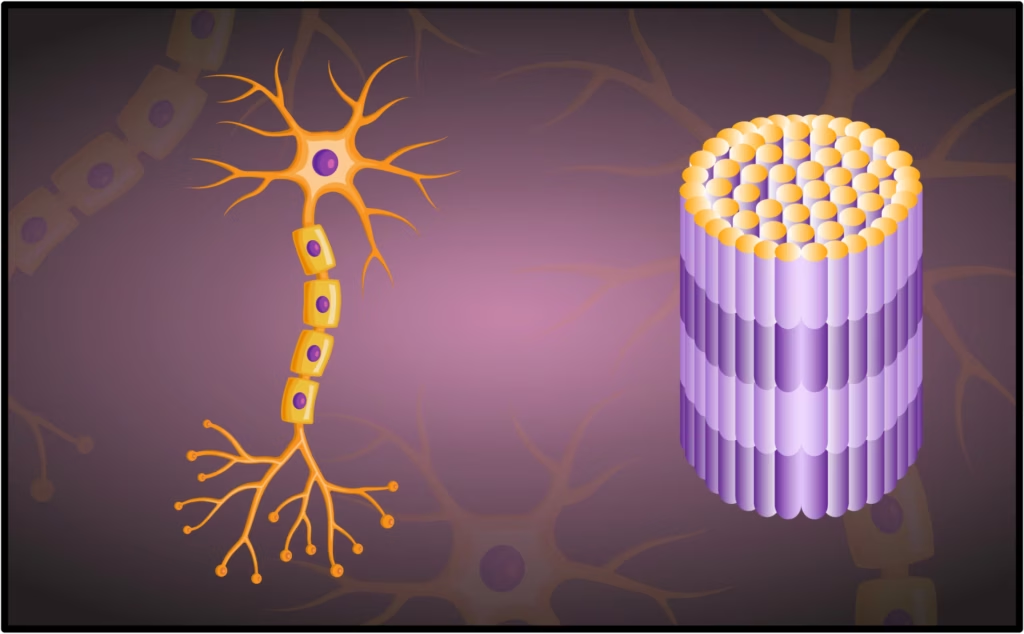
Watch leading experts discuss the use of neurofilament levels as a potential marker in ALS and SMA.
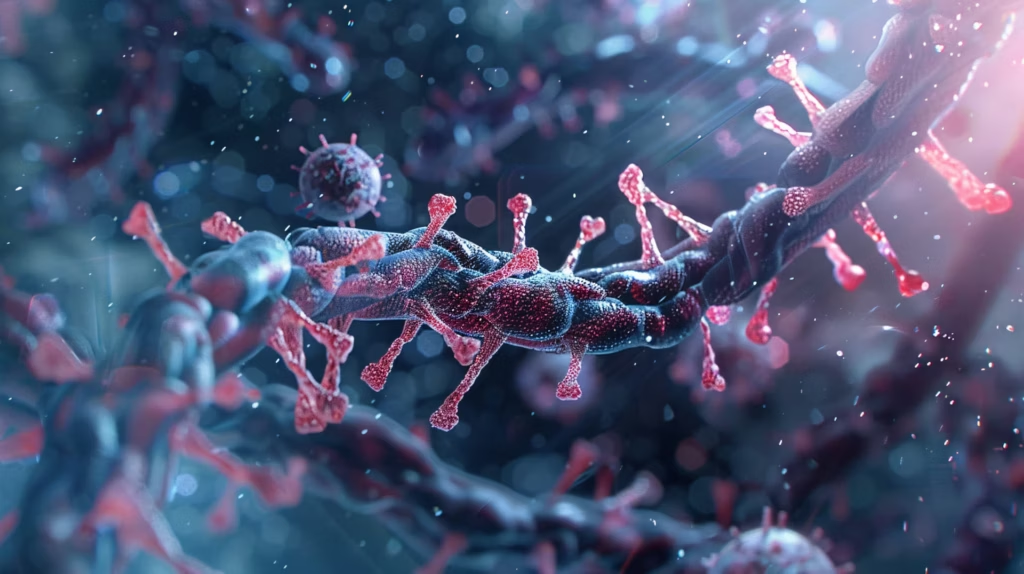
Broadest approval to date in generalized myasthenia gravis The FDA approval of nipocalimab for generalized myasthenia gravis (gMG) introduces a targeted therapy within a validated class, offering the potential for durable disease control across the broadest patient population to date. ...

In this episode, we explore the future of continuing medical education (CME) with the team behind touchIME. Hannah Fisher and Matthew Goodwin share insights into global and US trends, the importance of patient inclusivity and how educational outcomes are evolving to better measure the direct impact of learning on clinical practice and patient care.

Watch three experts discuss the role of FcRn inhibitors in the management of generalized myasthenia gravis
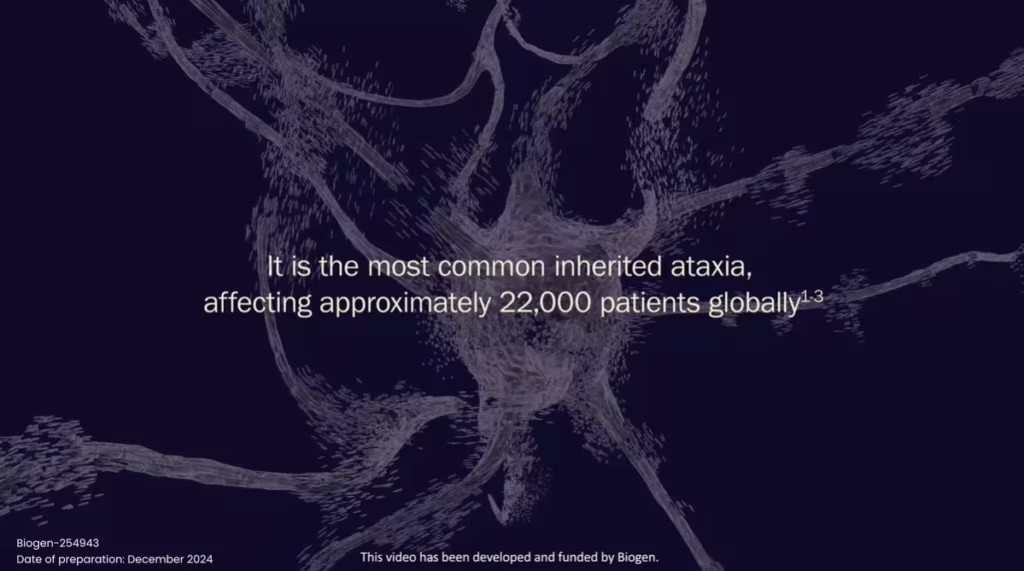
Watch a leading expert discuss the key signs and symptoms of Friedreich ataxia and how to avoid diagnostic delays.
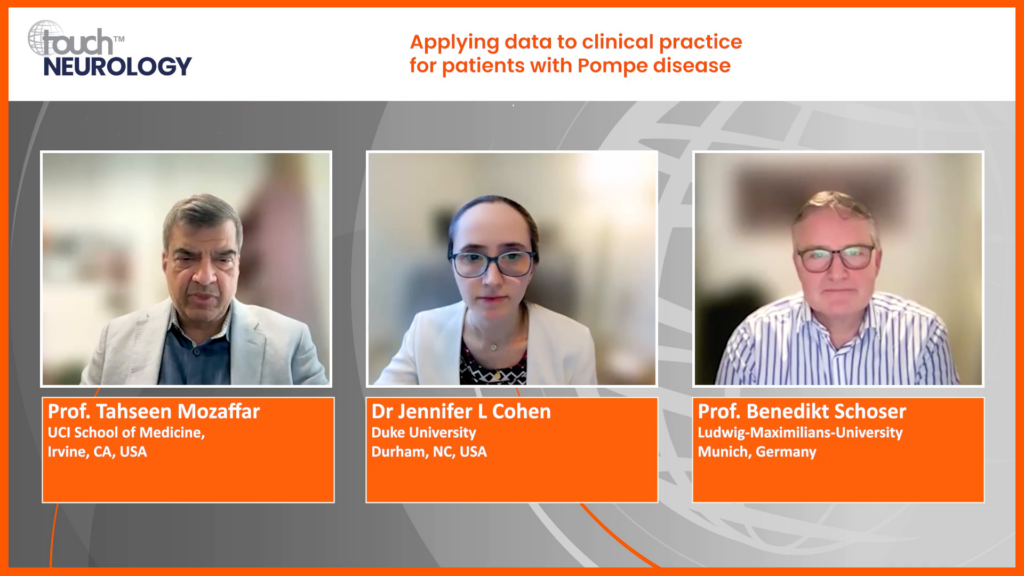
Leading experts in Pompe disease explore key data from WMS 2024 and WORLDSymposium 2025.




Brain Awareness Week, taking place from March 10-16, 2025, is a global campaign dedicated to fostering public enthusiasm and support for brain science, organised by the Dana Foundation. Each March, participants worldwide organize imaginative activities that highlight the wonders of the brain and the profound impact of neuroscience on our daily lives.
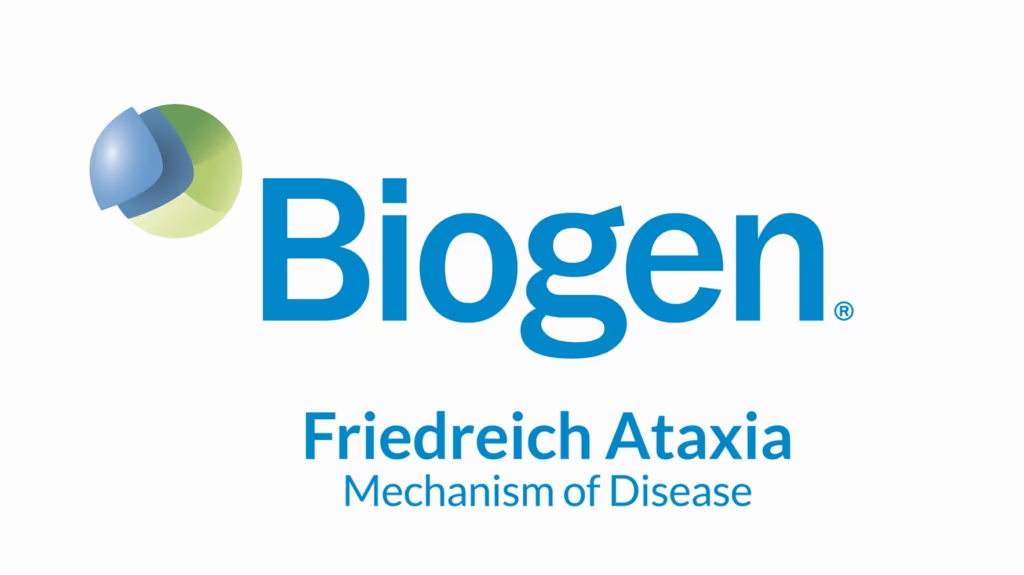
Watch this short video animation to learn how genetic mutations in patients with Friedreich ataxia (FA) translate into clinical symptoms.
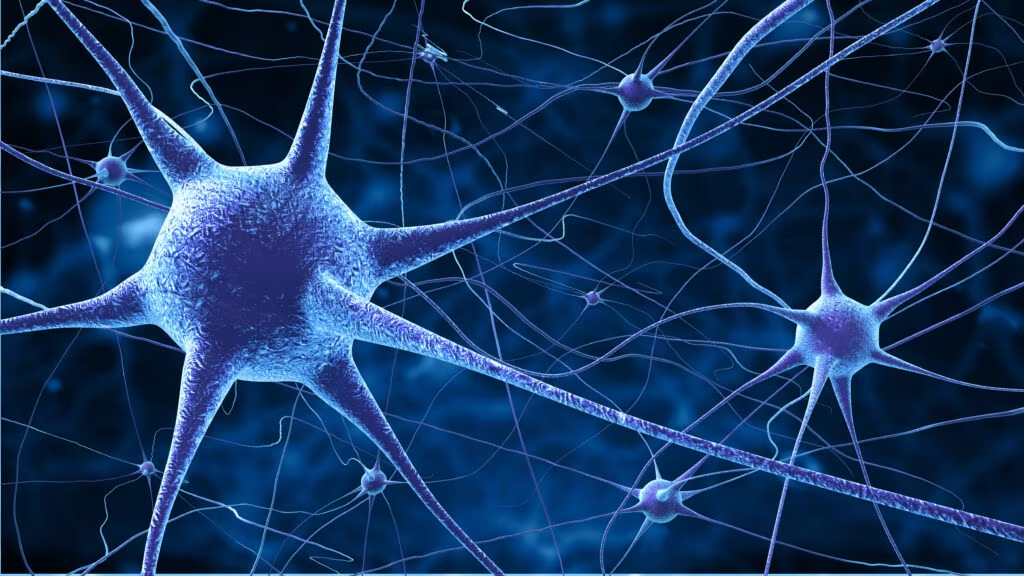
Chronic inflammatory demyelinating polyradiculoneuropathy (CIDP) is a rare, autoimmune neurological disorder in which peripheral nerve demyelination typically results in weakness, impaired limb sensation, fatigue and pain.1–4 CIDP may adversely affect activities of daily living, with a substantial impact on functional ...
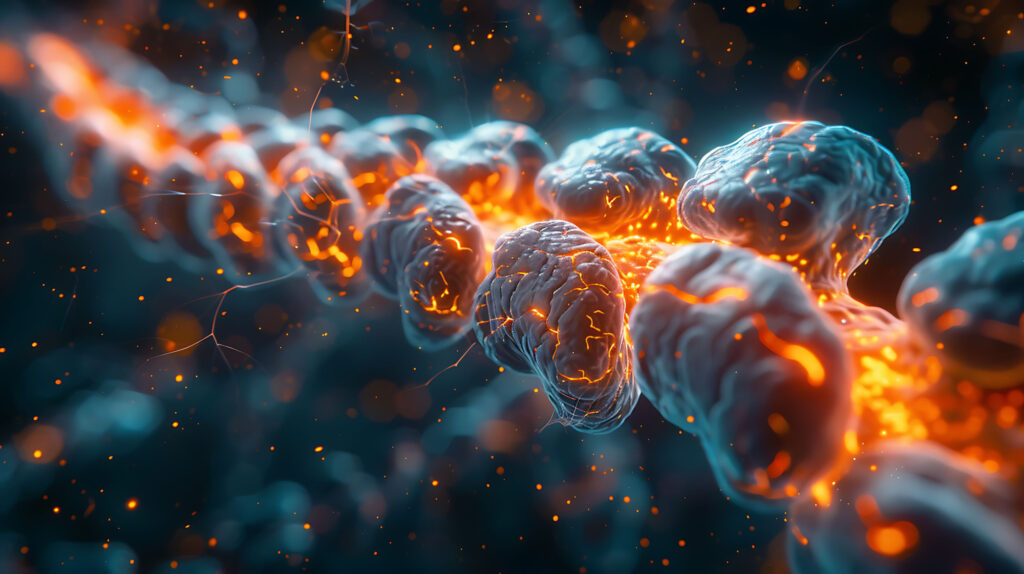
The phase 3b SMART study has shown that 83% of paediatric patients with spinal muscular atrophy (SMA) weighing between 8.5 and 21 kg achieved significant motor improvements following treatment with intravenous onasemnogene abeparvovec in a recent article published in Neurology.
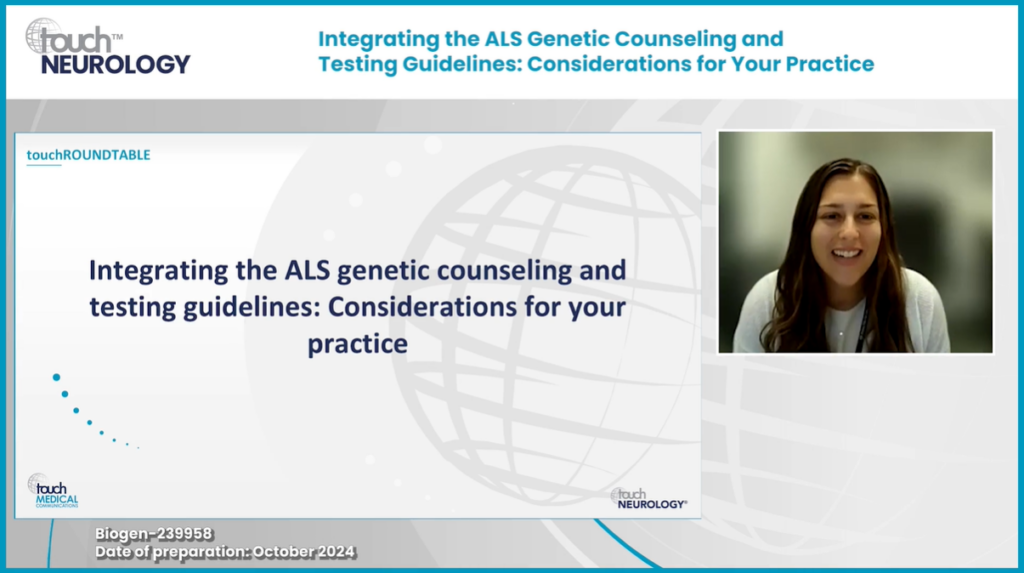
Learn from leading genetic counsellors on how to integrate the ALS genetic counseling and testing guidelines into clinical practice.

In this episode, we’re joined by Bradley Love, Professor of Cognitive and Decision Sciences at UCL, ELLIS fellow, and creator of BrainGPT. We discuss how this large language model is poised to assist researchers in advancing their work.
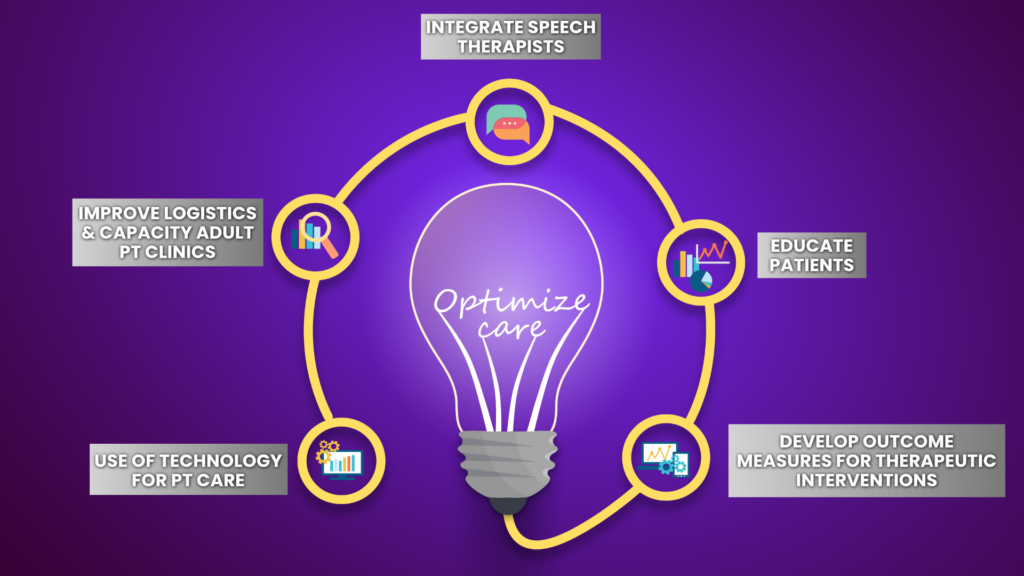
Watch leading spinal muscular atrophy (SMA) experts discuss current trends in pharmacologic and non-pharmacologic therapy use, barriers to use of these standards of care, and potential solutions to improve access as patients age.

Myasthenia gravis (MG) is an autoimmune disorder where antibodies disrupt the neuromuscular junction, causing muscle weakness that worsens with activity. MG subgroups are based on muscle weakness location, age, antibody type, and thymus pathology, with some patients experiencing severe, treatment-resistant symptoms. Biomarkers can indicate prognosis. First-line treatments include pyridostigmine for symptomatic relief and immunosuppressants like prednisolone and azathioprine. Thymectomy is recommended for certain patients. Second-line treatments include mycophenolate, rituximab, and others, with new therapies like complement and FcRn inhibitors showing promise. Intravenous immunoglobulin and plasma exchange are used for acute exacerbations. Supportive therapy, including adapted exercise, is crucial. In refractory cases, comorbidities and diagnosis accuracy should be reconsidered.
Latest articles videos and clinical updates - straight to your inbox
Log into your Touch Account
Earn and track your CME credits on the go, save articles for later, and follow the latest congress coverage.
Register now for FREE Access
Register for free to hear about the latest expert-led education, peer-reviewed articles, conference highlights, and innovative CME activities.
Sign up with an Email
Or use a Social Account.
This Functionality is for
Members Only
Explore the latest in medical education and stay current in your field. Create a free account to track your learning.


